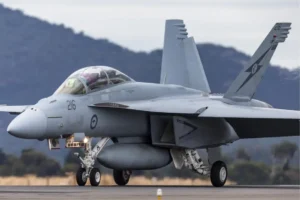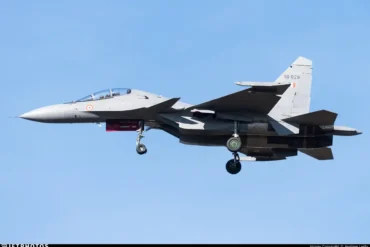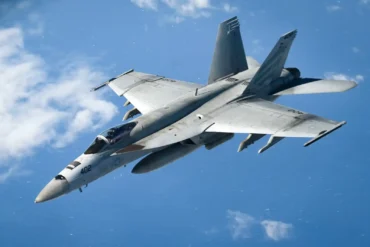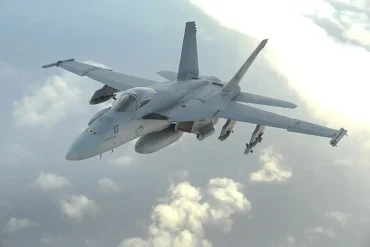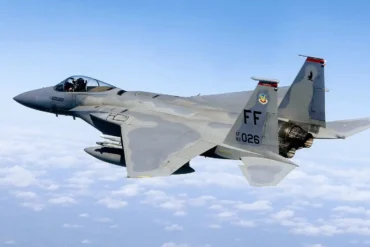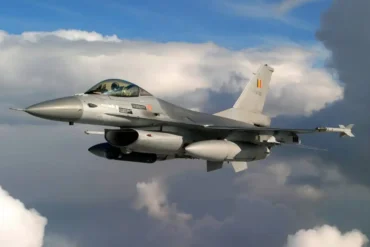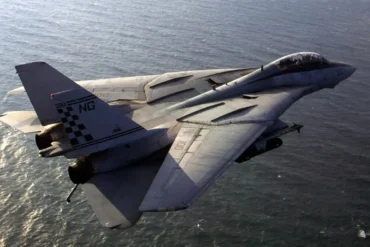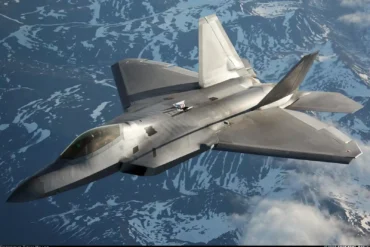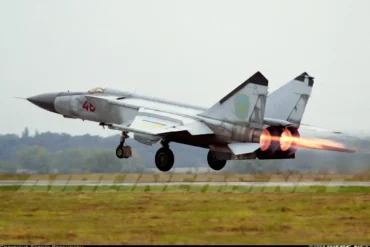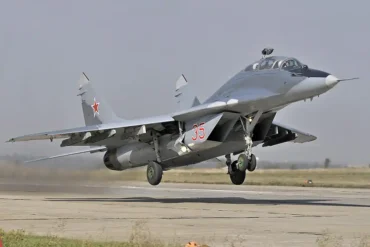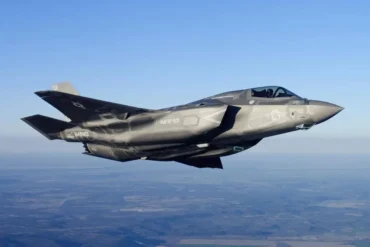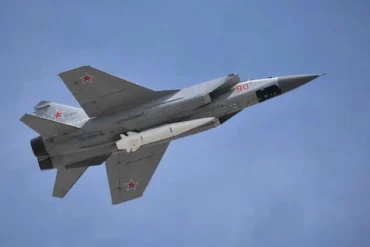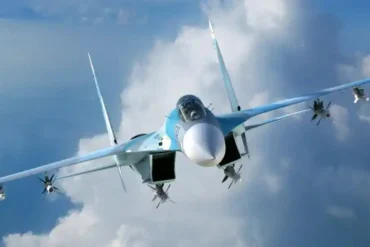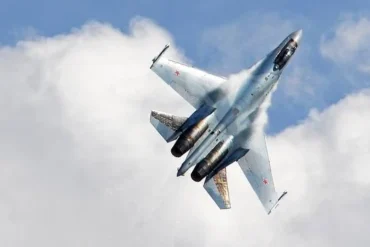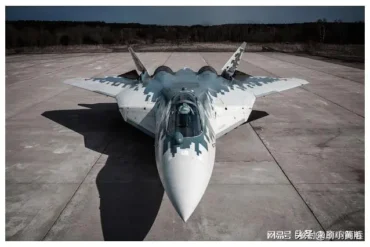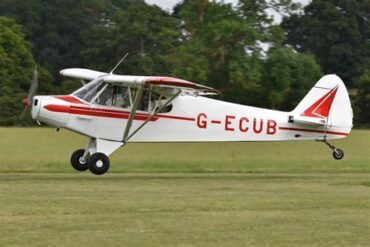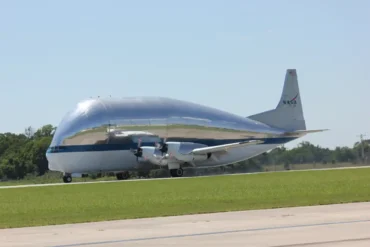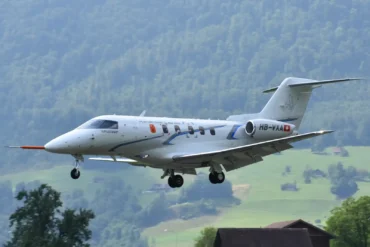The F/A-18 Hornet and its upgraded version, the F/A-18 Super Hornet, have become iconic symbols of modern naval aviation. Renowned for their versatility, performance, and reliability, these fighter jets have played a crucial role in various military operations worldwide. In this article, we delve into some fun facts and in-depth details about these incredible aircraft.
Introduction to the F/A-18 Hornet and Super Hornet
The F/A-18 Hornet was first introduced into the fleet in 1983 by McDonnell Douglas (now Boeing), designed primarily for the United States Navy as a carrier-based multirole fighter. It was engineered to perform both air-to-air and air-to-ground missions, earning it the title of a multirole aircraft. Its design enables it to operate from aircraft carriers, thanks to a combination of folding wings, tailhook for landing, and powerful engines capable of withstanding carrier launches.
In the late 1990s, the Super Hornet variant was developed as a more advanced and capable successor to the F/A-18 Hornet. The F/A-18 Super Hornet is significantly larger, more powerful, and technologically superior. This version includes variants like the F/A-18E (single-seat) and F/A-18F (two-seat), as well as the EA-18G Growler, an electronic warfare aircraft capable of disrupting enemy radar systems.
1. The F/A-18’s Origins and Evolution
The journey of the F/A-18 began in the late 1970s, with the YF-17, a prototype aircraft developed by McDonnell Douglas for the U.S. Air Force’s Lightweight Fighter Program. Despite losing out to the F-16 Fighting Falcon, the YF-17 found its true calling in the U.S. Navy, where the need for a carrier-based multirole fighter emerged. It was re-engineered, designated the F/A-18 Hornet, and became a pivotal part of the Navy’s aviation fleet.
The F/A-18 Super Hornet, introduced in 1999, was developed as a larger, more capable successor to the original Hornet. By incorporating a 25% larger wing, 30% more fuel capacity, and improved aerodynamics, the Super Hornet provided a significant increase in combat range and mission versatility, making it a critical asset to the Navy.
2. Key Features of the F/A-18 Hornet and Super Hornet
Design and Aerodynamics
One of the most striking features of the F/A-18 is its twin-engine configuration, providing increased reliability and safety. The F/A-18 Hornet has a mid-mounted wing and a twin-tail configuration, offering exceptional maneuverability at high speeds and while performing complex aerial maneuvers. The Super Hornet improves upon this with a larger and more refined design that delivers superior aerodynamic efficiency, allowing it to carry more fuel, weapons, and operate longer in the air.
The Super Hornet’s leading-edge extensions on its wings enhance lift, allowing it to perform better in combat situations, especially during high-speed flight and sharp turns. These improvements provide the aircraft with unmatched agility for a multirole fighter.
Avionics and Weapons Systems
Both the Hornet and the Super Hornet are equipped with cutting-edge avionics. The AN/APG-79 AESA radar in the Super Hornet, for example, provides long-range tracking of both airborne and surface targets, with high-resolution ground mapping capabilities. The AN/ASQ-228 targeting pod offers infrared surveillance and targeting, allowing the aircraft to strike with precision even in challenging conditions.
The F/A-18 Hornet and Super Hornet can carry a wide array of weapons, including air-to-air missiles like the AIM-120 AMRAAM, AIM-9 Sidewinder, and AIM-7 Sparrow, as well as air-to-ground and anti-ship missiles such as the AGM-88 HARM and AGM-84 Harpoon. The Super Hornet is capable of carrying JDAMs (Joint Direct Attack Munitions) and laser-guided bombs, making it highly effective in precision strikes on both land and sea targets.
3. The Super Hornet’s Role in Modern Warfare
The F/A-18 Super Hornet has earned its place as the backbone of the U.S. Navy’s carrier-based strike force. With the retirement of the F-14 Tomcat, the Super Hornet became the Navy’s primary fighter, handling both air superiority and ground attack missions. Its ability to perform a wide range of tasks, from close air support to intelligence gathering, makes it an indispensable asset for military operations.
Notably, the Super Hornet has participated in numerous combat missions since its introduction, including Operation Enduring Freedom, Operation Iraqi Freedom, and Operation Inherent Resolve. Its electronic warfare variant, the EA-18G Growler, plays a critical role in electronic attack operations, jamming enemy radar systems and protecting other aircraft from incoming threats.
4. The F/A-18 in Service Worldwide
Beyond the U.S. Navy, the F/A-18 Hornet and Super Hornet are also used by several international military forces. Notably, Australia operates a fleet of F/A-18A/B Hornets, which have been in service since 1984. The Royal Australian Air Force (RAAF) replaced its older Mirage III fighters with the Hornet, and despite not having the ability to operate from aircraft carriers, the RAAF Hornet fleet remains a critical part of Australia’s defense strategy.
Other countries, including Canada, Finland, and Malaysia, have also adopted the F/A-18 Hornet for their air forces, while Kuwait and Qatar have procured Super Hornets for their fleets.
5. The Blue Angels and the F/A-18
The U.S. Navy’s Blue Angels aerobatic team has been flying the F/A-18 Hornet since 1986. The team’s famous precision aerobatics have become an iconic representation of both the aircraft’s capabilities and the skill of the pilots who fly them. The Blue Angels are set to begin flying the upgraded F/A-18 Super Hornet by 2021, marking a new era for the team.
6. The F/A-18 as a Multi-role Aircraft
One of the most notable aspects of the F/A-18 Hornet and Super Hornet is their ability to perform multiple roles. While their primary role is that of a fighter, both aircraft can easily switch between various mission types. They are capable of combat air patrols, intercepting enemy aircraft, and attacking ground targets with precision-guided munitions. Additionally, they can be configured for aerial refueling, providing fuel to other aircraft in the air, increasing the operational range of naval fleets.
This multirole versatility ensures that the F/A-18 family of aircraft is never constrained by a singular task. Whether it’s conducting anti-ship warfare, airborne electronic attack, or close air support, the F/A-18 proves to be adaptable and effective in all scenarios.
7. Maintenance and Longevity
The maintenance efficiency of the F/A-18 Super Hornet has been one of the most significant factors in its operational success. It is designed with ease of maintenance in mind, ensuring that the aircraft can spend more time in the air rather than in the hangars for repairs. The Super Hornet requires 75% fewer maintenance hours per hour of flight time than its predecessor, the F-14 Tomcat. This efficiency translates into cost savings and increased availability for combat missions.
8. The Future of the F/A-18 Super Hornet
The F/A-18 Super Hornet is undergoing a Block 3 upgrade, which will extend its service life for at least another decade. This upgrade includes improved avionics, enhanced radar systems, and increased software capabilities. The Block 3 variant will continue to be a vital part of the U.S. Navy’s fleet, complementing newer 5th-generation fighters like the F-35.
In conclusion, the F/A-18 Hornet and Super Hornet have proven themselves as among the most versatile, powerful, and reliable fighter jets in the world. Their ability to evolve and adapt to changing military needs has ensured their place in both U.S. and international military forces for decades to come. Whether as a multirole fighter, electronic warfare platform, or aerial demonstration aircraft, the F/A-18 continues to impress both military personnel and aviation enthusiasts alike.
This article highlights just a few of the fun facts and key attributes that make the F/A-18 Hornet and Super Hornet such impressive and important aircraft in modern military aviation. From their early development to their continued success in both combat and public exhibitions, the F/A-18 family remains a symbol of excellence in the skies.
